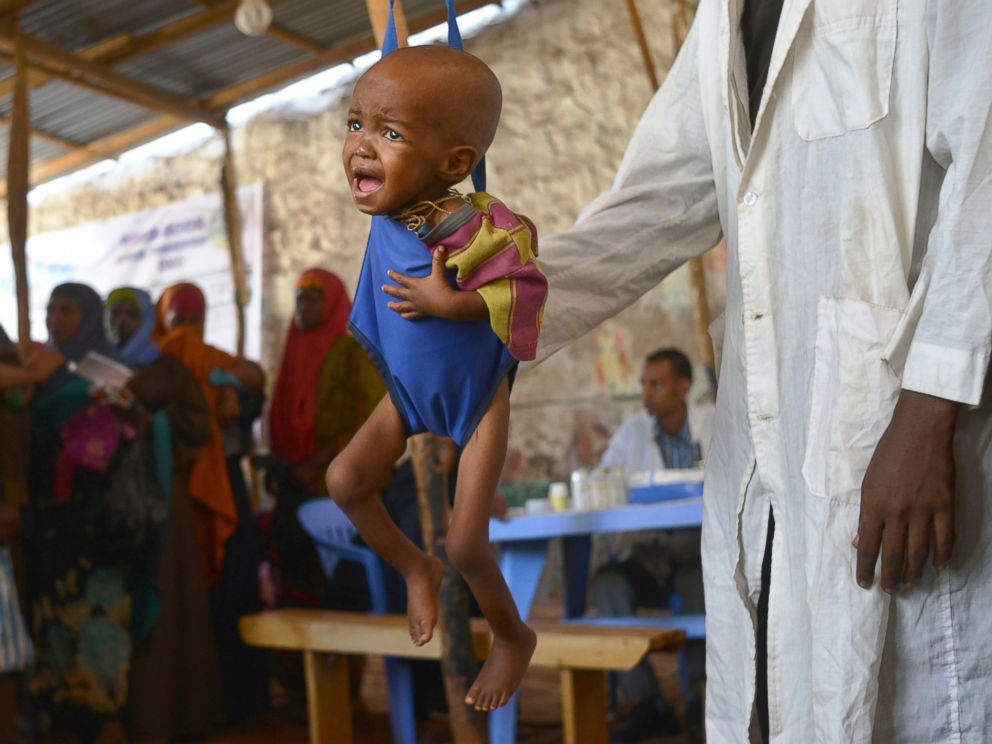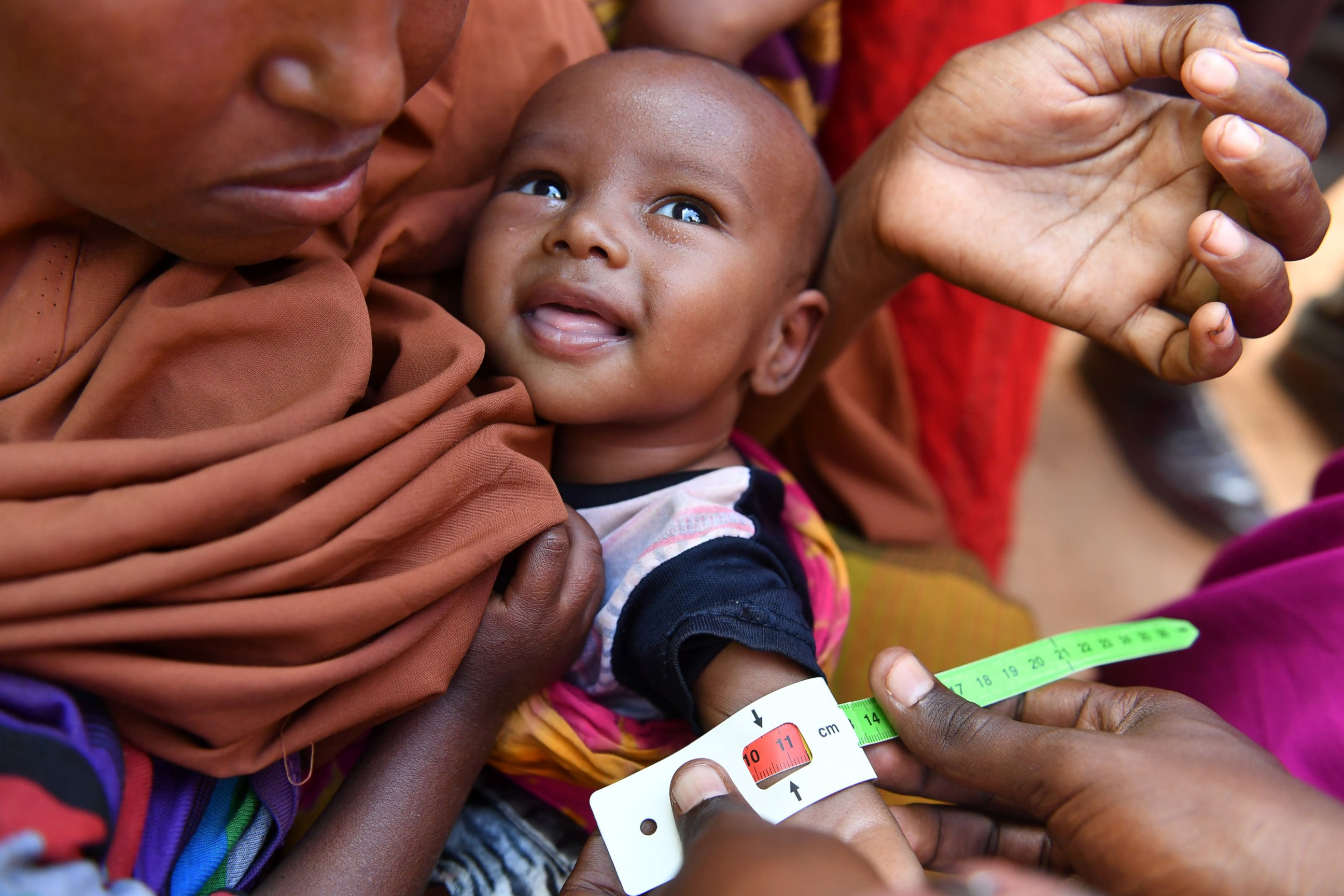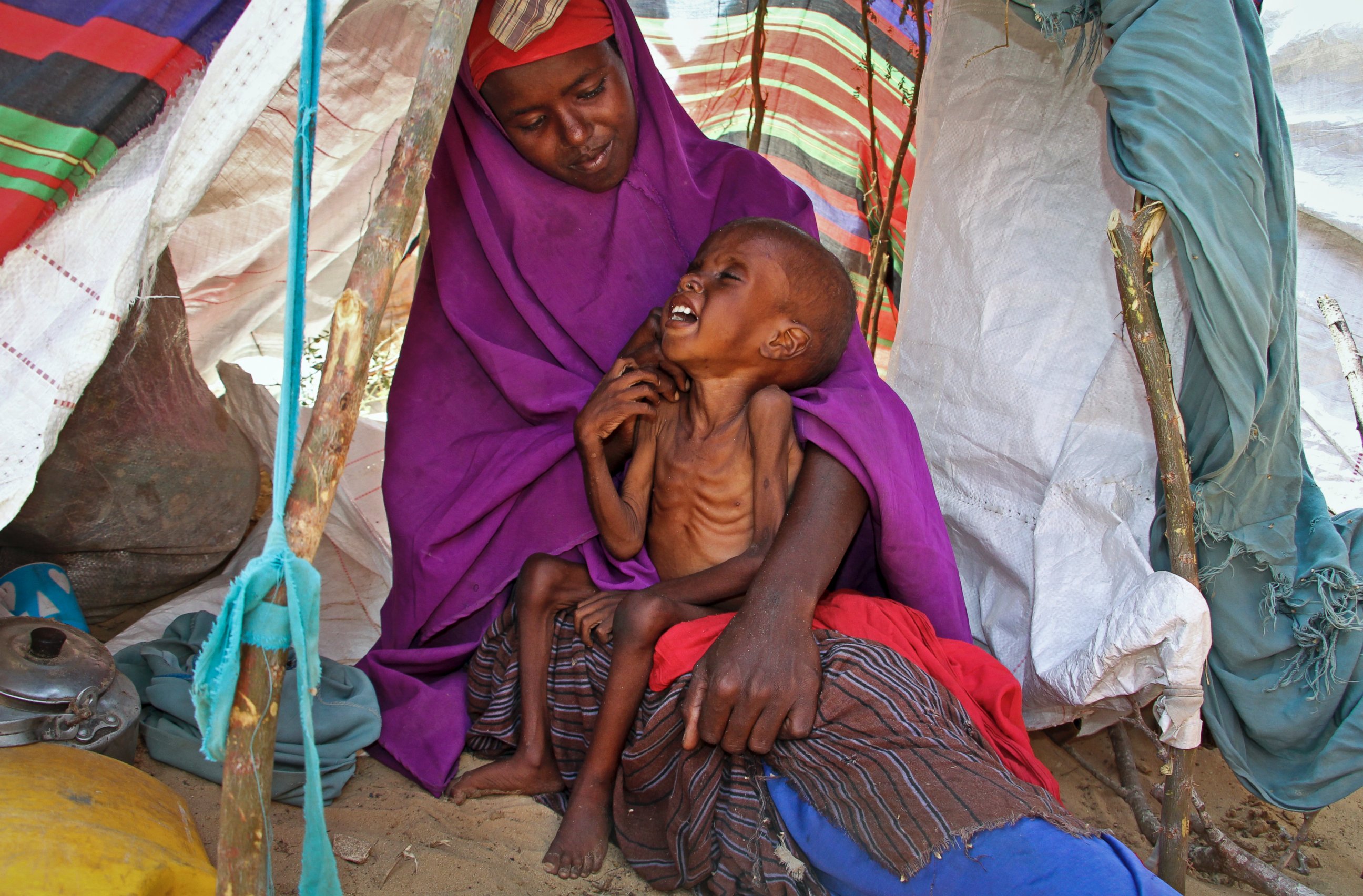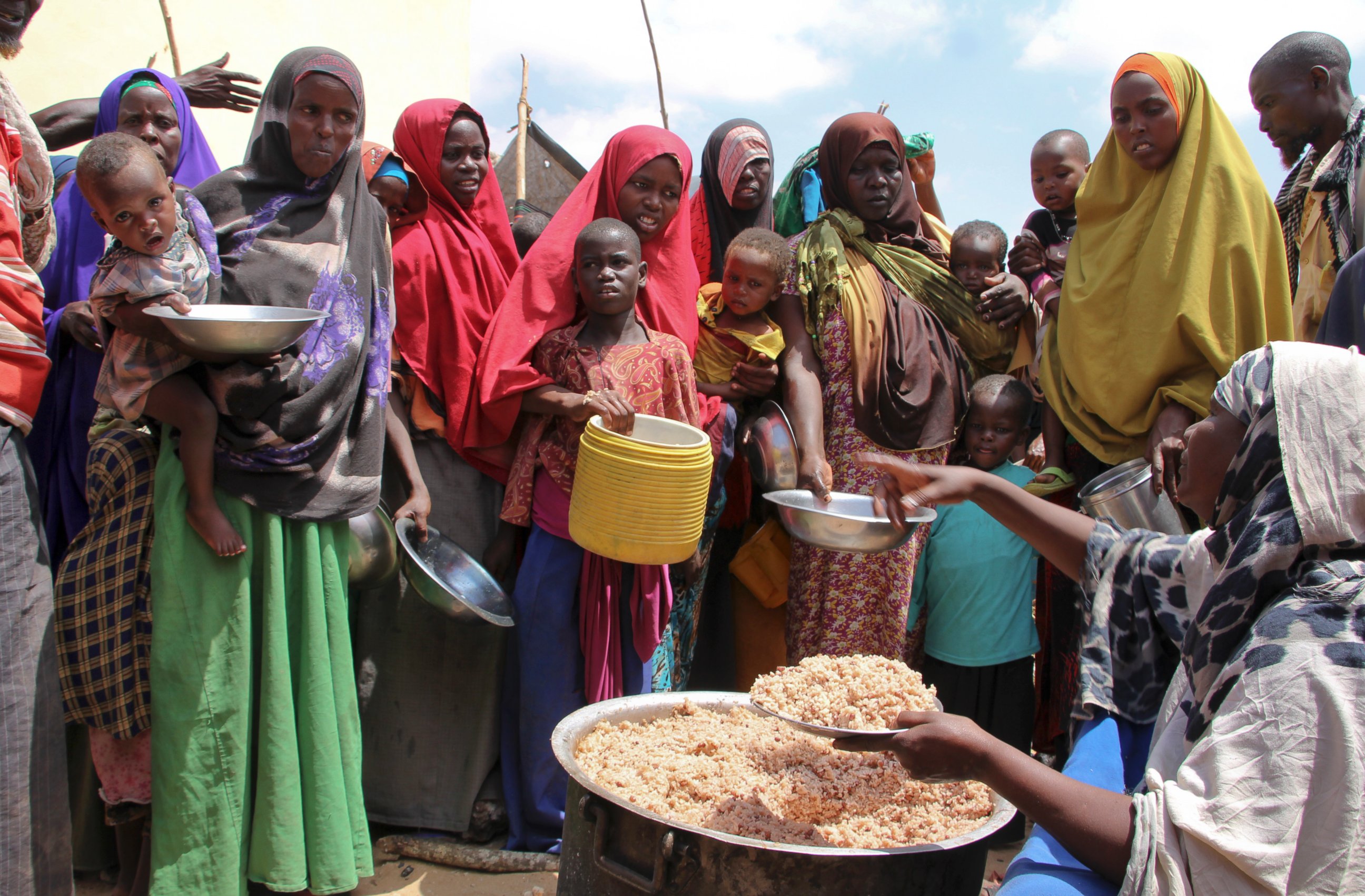1.4M children in Somalia to suffer acute malnutrition in 2017, UNICEF says
The figure is a 50 percent increase since the beginning of this year.
— -- The number of children in drought-stricken Somalia expected to suffer from acute malnutrition has surged by 50 percent since the beginning of this year, according to the United Nations Children’s Fund (UNICEF). Some 1.4 million children -- more than the entire population of San Diego, California -- are expected to be acutely malnourished in 2017, UNICEF said.
“The combination of drought, disease, and displacement are deadly for children, and we need to do far more -- and faster -- to save lives,” Steven Lauwerier, UNICEF’s representative in Somalia, said in a statement on Tuesday.
Of the 1.4 million children who are expected to be affected, more than 275,000 have or will suffer life-threatening severe acute malnutrition in 2017, according to UNICEF. Severe acute malnutrition is an extreme form of hunger that makes people literally waste away and leaves children especially vulnerable to deadly diseases like cholera, measles and acute watery diarrhea.

Since November, some 615,000 people –- mostly women and children –- have been forced to flee their homes in Somalia due to a persistent drought, which the county has declared a national disaster.
These displaced families are typically sheep or cattle farmers from the north whose animals have all perished or farmers from the south whose lands are parched from the lack of rain. While on the move, they don’t know where their next meal will come from or whether they’ll have access to drinking water. Many of the water sources they can access are contaminated, leaving people vulnerable to waterborne diseases.
“They see their whole means of livelihood wiped out,” Susannah Price, chief of communication for UNICEF Somalia, told ABC News. “There’s nothing for the kids.”

Outbreaks of malaria are imminent, as is an upsurge in cholera cases. Price said these infectious diseases “spread like wildfire” in overcrowded displacement camps, and severely malnourished children under the age of five are the most vulnerable.
“They’re the ones who are so weak that if they’re hit by diarrhea or measles or an illness like that, they’re really at risk of dying,” she told ABC News. “It’s an extremely serious situation.”

According to Oxfam International, 2.9 million people in Somalia face acute food insecurity at "crisis" and "emergency" levels. The hunger situation could tip into famine if the April to June rains fail or if people's ability to buy food declines. Lack of humanitarian support could also make things even worse.
If the situation in Somalia escalates into a full-blown famine, it would be the nation’s third famine in a quarter of a century, and the second in less than a decade, the World Health Organization said.
Early planning and funding have allowed UNICEF and its partners to scale up assistance in Somalia. More than 1 million people affected by drought have been provided with temporary access to safe water, up from some 300,000 in January. More than 390,000 children and women have been reached with lifesaving health services, including emergency vaccinations. And 64 cholera treatment facilities have treated more than 28,400 cases as of April 23, compared with some 15,600 cases treated during all of 2016, UNICEF said.

Donors have also stepped up to help, hoping to avoid a situation like Somalia’s 2011 famine, in which over 250,000 people died. As of Tuesday, UNICEF had received $78.7 million of the $148 million it needs, the organization said.
“It’s a big difference from 2011, where the international community really waited for famine to be declared,” Price told ABC News. “That usually means many or most of the people have already died. It’s too late once the famine is declared.”




